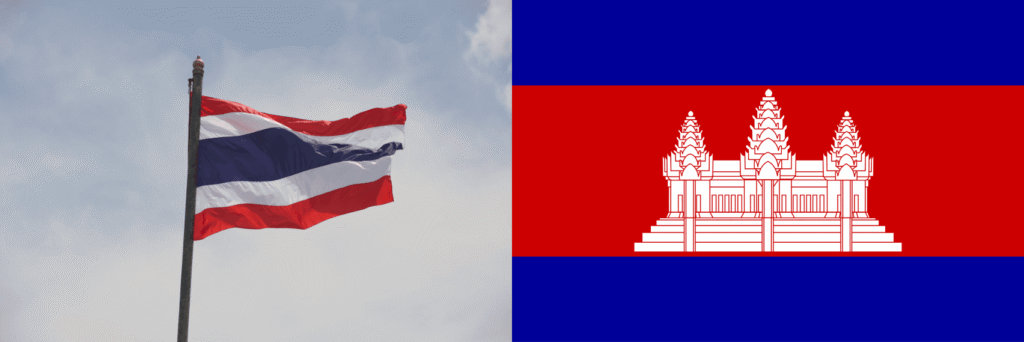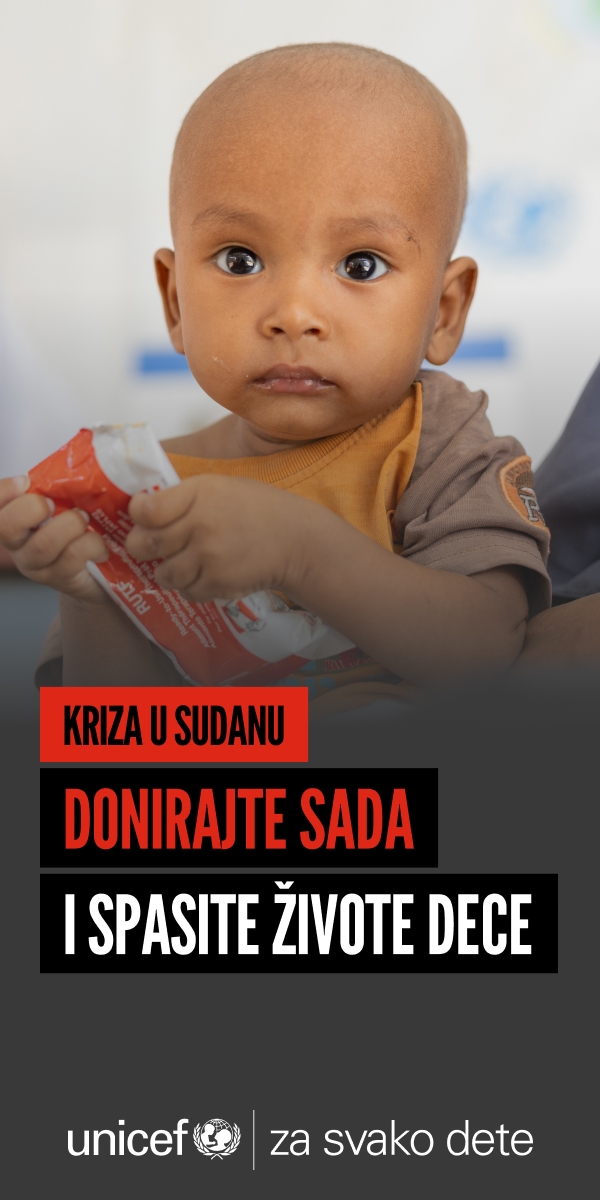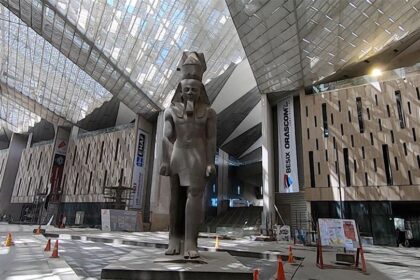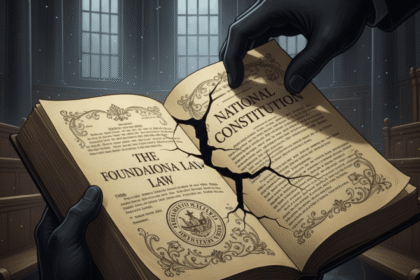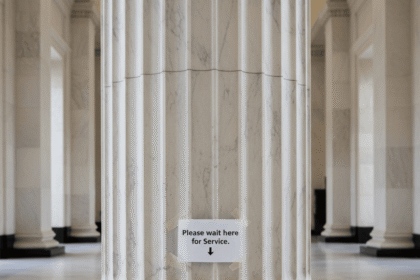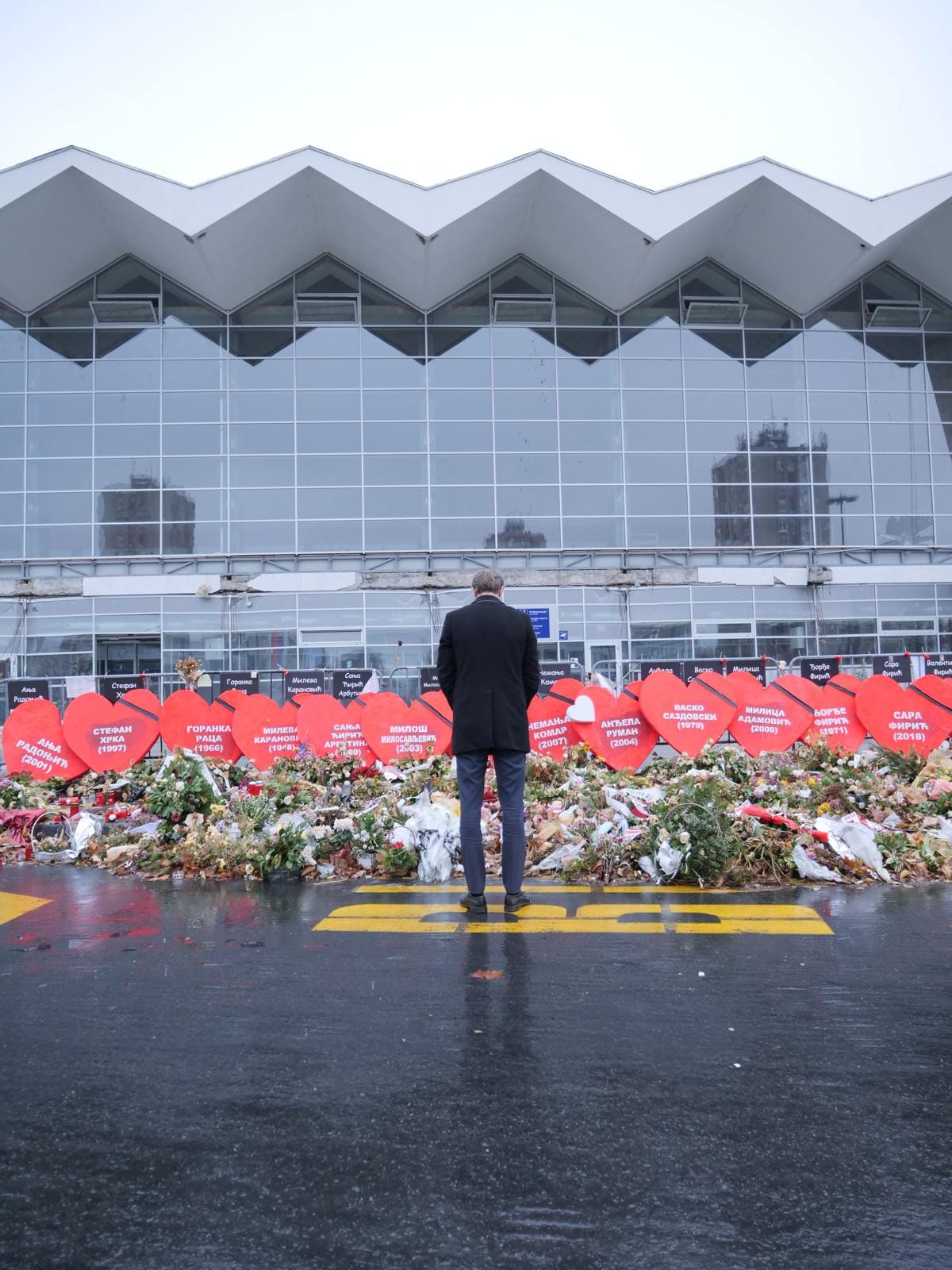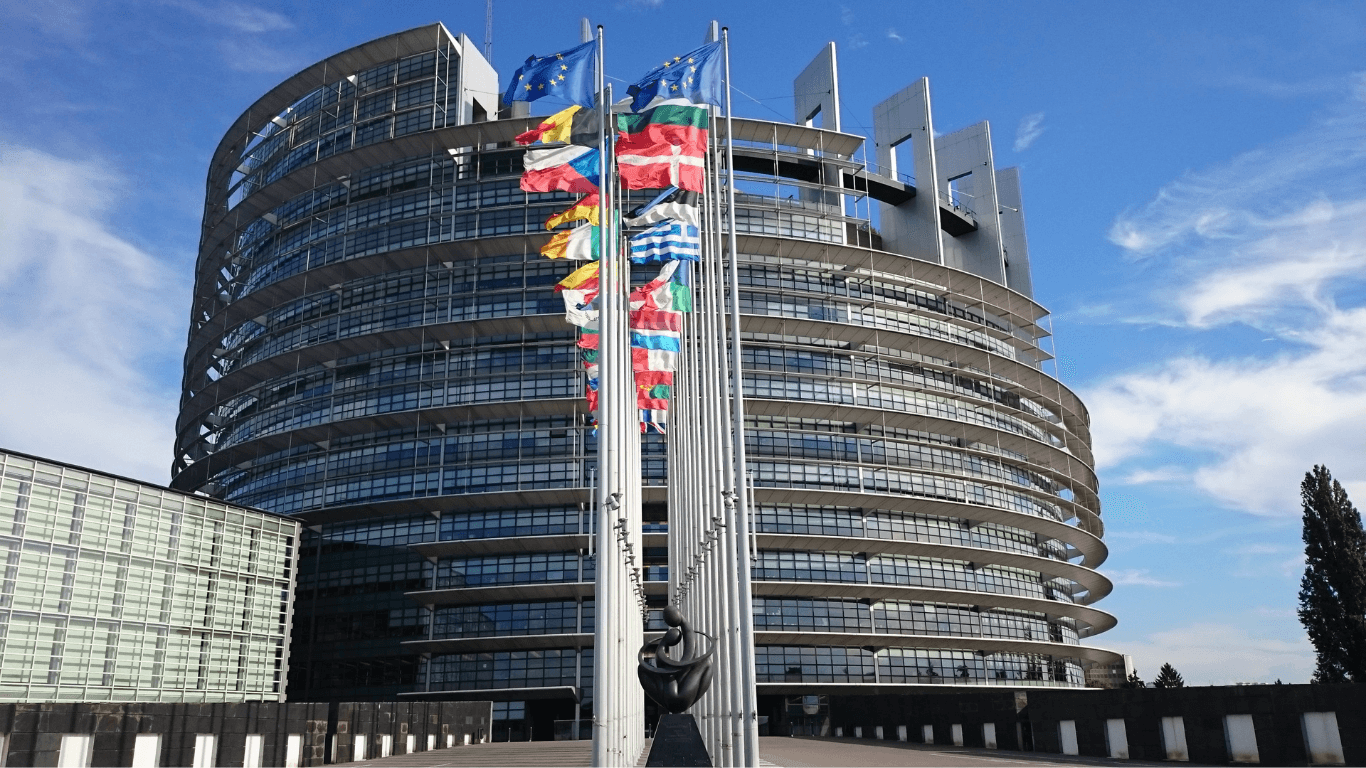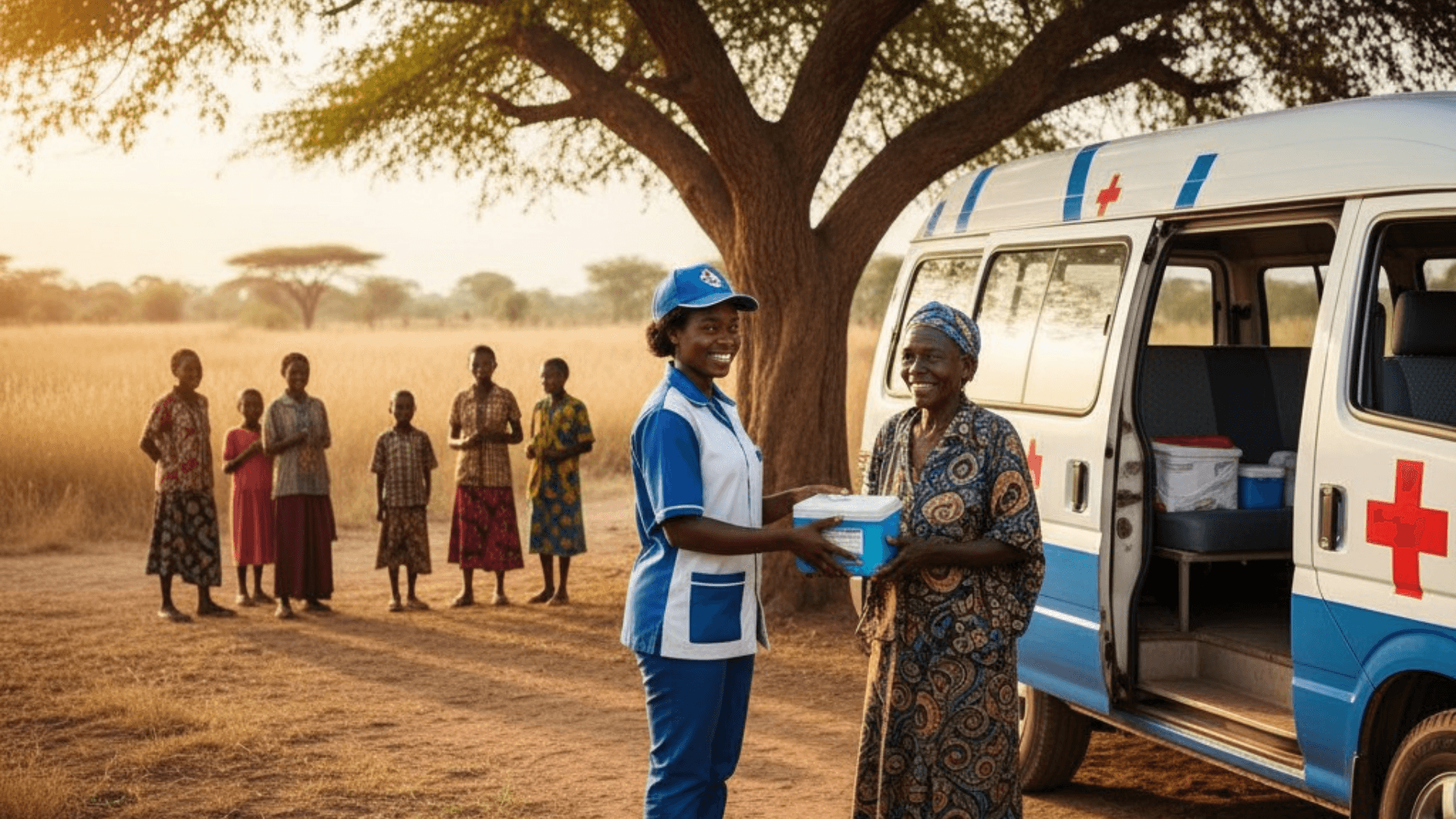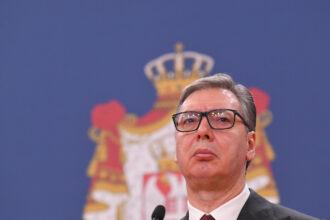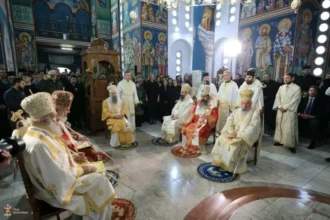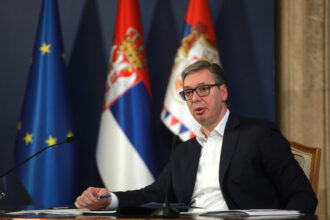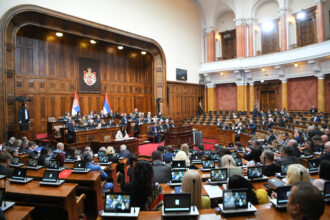By Helga Mbodze, Reporter – (Daystar University), Nairobi – Kenya
Gradually, life is creeping back into Cambodian and Thai border towns. Markets are reopening, relatives are trickling back home, and soldiers patrol in awkward silence. But what is seen as peace under the serene surface is a tenuous truce that can disintegrate at any time.
The long-standing border dispute between Cambodia and Thailand has once again reignited, culminating in the deadliest flare-up in over a decade. While a ceasefire is now in effect, brokered by a flurry of international diplomacy and economic pressure, deep-seated issues—undemarcated borders, conflicting national narratives, and a profound lack of trust—continue to pose a significant challenge to a lasting resolution.
The Cyclical Nature of Conflict: Historical Roots of a Decades-Long Dispute
The current hostilities, which escalated dramatically in May and July 2025, are not an isolated event but rather the latest chapter in a cyclical conflict deeply rooted in historical ambiguities. The dispute’s origins trace back to the Franco-Siamese treaties of 1904 and 1907.
These colonial-era agreements, intended to define the boundary between Siam (now Thailand) and French Indochina, left large sections of the shared 800-kilometre border undemarcated. This enduring ambiguity has served as a persistent source of friction for over half a century.
A central point of contention has been the ancient Hindu temple of Preah Vihear. The International Court of Justice (ICJ) first ruled on its sovereignty in 1962, declaring it to be in Cambodian territory. However, the dispute flared up again in 2008 when Cambodia sought to register the temple as a UNESCO World Heritage Site.
The ICJ revisited the issue in 2013, reaffirming Cambodia’s sovereignty over the temple’s promontory but leaving certain areas, such as Phnom Trap, for bilateral negotiation. This ruling, while legally clarifying, did little to soothe nationalistic sentiments, and the court’s decision to leave parts of the border to be resolved bilaterally ensured the “scope for discord” would continue.
The recurring pattern of conflict, from 2008-2013 to the latest in 2025, suggests that the core issues are never truly resolved, but merely lie dormant, waiting for a new spark to reignite tensions.
The 2025 Escalation: A Detailed Timeline of a Fragile Peace
The recent conflict unfolded with a rapid and predictable escalation of events. Tensions began simmering as early as February 2025, when Thai soldiers prevented Cambodian tourists from singing their national anthem at the disputed Prasat Ta Muen Thom temple, a clear sign of rising hostility.
The first deadly skirmish occurred in the Emerald Triangle in May, resulting in the death of a Cambodian soldier. Both sides immediately blamed the other, a pattern that would define the entire conflict. Efforts at de-escalation through military and bilateral talks in late May and early June failed.
Instead, Thailand reinforced its military presence along the border, alleging civilian incursions. In response, Cambodia appealed to the ICJ for a resolution and imposed economic sanctions by banning imports of Thai goods. The situation dramatically worsened in July with two separate landmine incidents that injured Thai soldiers.
Thailand immediately attributed these to newly planted mines by Cambodia, while Cambodia denied responsibility, suggesting the blasts were from old munitions in a known minefield. These incidents proved to be the proximate cause for the major military confrontation that erupted on July 24, marking the onset of direct armed conflict and the deadliest battles in over a decade.
This rapid succession of provocations and reactions highlights a „blame game“ that is central to the conflict. The narratives served to justify military actions and rally domestic support, thereby complicating any genuine de-escalation efforts. It was only through significant international pressure, particularly from the United States, that a ceasefire was brokered on July 28.
President Donald Trump’s administration had warned against withholding trade pacts and subsequently cut tariffs on goods from both countries, a powerful use of economic leverage to bring the parties to the negotiating table.
Humanitarian Crisis and Conflicting Narratives
The human cost of this conflict has been substantial. The five days of fighting between July 24 and July 28 resulted in the deaths of 35 to 41 soldiers and civilians, with reports indicating a significant number of casualties on both sides. The widespread impact on communities is further evidenced by the displacement of over 260,000 to 300,000 people from their homes.
For the residents of the border regions, the issues are more basic than geopolitical strategy: they are about security, survival, and praying the war does not return. Relief groups have warned of the lingering wounds of war, including hidden landmines and destroyed homes, while the issue of 18 Cambodian troops in Thai custody, and claims of mistreatment, remain a point of contention.
The narratives from both Phnom Penh and Bangkok have been starkly different, painting a picture of a „propaganda front“ where information is a key weapon. Cambodia has consistently alleged that Thailand initiated the hostilities with „unprovoked, premeditated and deliberate attacks.“
It has also made grave accusations of Thailand using banned weapons, including cluster munitions, and even “poisonous smoke,” which Cambodia claims constitutes a violation of the Chemical Weapons Convention. The Cambodian Ministry of Culture has gone so far as to label attacks on temples as „cultural genocide.“
Thailand, in turn, has presented a contradictory account. It maintains that Cambodian soldiers were the first to open fire and that the landmine incidents were due to new mines planted by Cambodia. Bangkok has vehemently denied the use of toxic smoke, dismissing the claims as „fake news,“ and has accused Cambodia of launching „indiscriminate attacks“ on its territory.
This mutual attribution of blame makes objective fact-finding a significant challenge and underscores the critical need for independent verification mechanisms to build trust.
The Path Forward: International Adjudication vs. Bilateral Diplomacy
A fundamental schism remains in how the two nations wish to resolve the dispute. Cambodia has a clear preference for international adjudication, having repeatedly appealed to the International Court of Justice (ICJ) for a resolution.
This is a position overwhelmingly supported by the Cambodian public.In stark contrast, Thailand has consistently rejected the ICJ’s jurisdiction over the matter, preferring a bilateral approach. Bangkok emphasizes the use of existing bilateral mechanisms like the Joint Boundary Commission (JBC) and direct negotiations at all levels.
Thailand views Cambodia’s pursuit of international legal avenues as being „contrary to the spirit of good neighbourliness.“This deep ideological divide over the mechanism for resolution is perhaps the single greatest obstacle to a lasting peace.
While the guns have fallen silent and leaders have met for cross-border committee talks, these discussions have largely focused on avoiding further clashes rather than on the core territorial claims. The recent royal decree from Cambodian King Norodom Sihamoni, authorizing former prime minister Hun Sen to guide military and national defense affairs alongside his son, the current Prime Minister Hun Manet, signals a strong, unified stance on defense.
On the other side, the suspension of Thai Prime Minister Paetongtarn Shinawatra during an ethics probe and the growing popularity of the military highlight the turbulent domestic political tides at play.
Conclusion: A Fragile Peace on the Brink
The ceasefire holds for now, but it is a fragile peace built on a foundation of mutual suspicion and unresolved grievances. The core question—exactly where the border lies—remains unanswered.
Until both nations can find a path to a trusted, verifiable, and lasting solution, whether through a mutually agreeable international forum or a breakthrough in bilateral diplomacy, this tenuous truce will remain just that: a fragile peace, waiting for the next spark.
The international community, led by the swift action of powers like the U.S. and the diplomatic efforts of ASEAN, has shown that it can de-escalate a conflict, but the long-term responsibility for peace rests squarely with Cambodia and Thailand. For the people living in the border towns, the hope is that this peace will be more than just a momentary silence between battles.


